|
This month’s topic for the Art Ed Blogger’s Network is Student Engagement and Participation! I’ll admit that this was an article that I struggled a bit to write. When first presented with this topic, my immediate thought was that OBVIOUSLY my students were engaged and participating in class but after thinking about this, it’s much harder to put those thoughts into words! I ended up writing about a variety of different things that engage my students in class.
Artists of the Month This is something that I am sure many of you already do but it is new to my school as of this year. Each month, I select two artworks that are put in a frame and hung in our principal’s office. She makes a big deal out of it and announces it over the intercom to much excitement! I also make certificates that the students receive for their hard work and post a picture of them with their artwork to our social media page for parents and community members to see and appreciate! My principal also extends an invitation to the parents of the selected artists to come in and view the artwork hung in her office. It’s a great way to honor students as well as create support for my program in the community! You can see our previous Artists of the Month here! Students Calling on Students Something I just recently began doing over the last couple months is having students call on each other to answer questions and discuss artists. After a student tells the class something they learned about the artist/project from our previous class, that student gets to call on another student who has their hand raised. This caused class participation to DRASTICALLY go up! Rather than have the same few students always answering questions, I now have loads of students who are excited to contribute to conversations so they can call on another class member! Using Clay This one goes without saying but KIDS. LOVE. CLAY…. They will do anything to use it in class. I am not someone who particularly likes to use clay and I make that known to my students. If Mr. Calvert is going to get the clay out, they need to be art room rockstars! Students are almost always on their best behavior and super attentive when I am giving instructions. Dress Like an Artist Day Something that was new for my school was our Dress Like an Artist day that we had last week! For the last 26 days of school, we do an alphabet countdown with each day being a different celebration. We kicked off the celebration with Dress Like an Artist Day this year. I have no idea which of my staff members came up with that idea (surprisingly it wasn’t me) but it was hugely successful with loads of students dressing up! You've gotta check out the pictures! Mystery Art Chat Something I use to do with my friend, Tasha Newton, who works in Fall Creek, WI was something called Mystery Art Chat. I like to compare it to the board game “Guess Who.” Our two classes would Skype each other and we would have a long list of different art materials. Each class would take turns asking the other class questions about what their mystery art material was until they figured out the material. This game was great for teaching deductive thinking and working from broad questioning to specific questioning! This game could be modified so that you could try to figure out a mystery artist, where the other class is from, etc. The students also loved getting to meet a new class!  This post is a part of The Art Ed Blogger's Network: Monthly Tips and Inspiration from Art Teacher Blogs. On the first Tuesday each month, each of these art teacher blogs will post their best ideas on the same topic. This post is a part of The Art Ed Blogger's Network: Monthly Tips and Inspiration from Art Teacher Blogs. On the first Tuesday each month, each of these art teacher blogs will post their best ideas on the same topic.
Participating Art Teacher Blogs:
0 Comments
We all have those classroom speed racers who are done with a project in the blink of an eye. Coincidentally, these students also seem to be my busybodies and mischiefs. This past summer, I took some time to revamp what my early finishers can do when they are finished. If students aren’t sure what they can do when they are finished, I have a sign that lists all of their choice time options. I also have signs at each station that talk about the do’s and don’ts of each station.
Here is a video that I made last year that I showed to my students that discusses each station. It’s pretty dry to watch but you’re welcome to view it!
Free Draw
Typically with 1st, 2nd, and 3rd, I give them the choice to free draw. I have bins in my room that have scrap papers sorted by color. They are welcome to use these papers to draw or cut whatever they like out of them. I have the Art of Ed drawing prompts list posted next to the free draw paper to give students ideas to draw if they are stumped. I also have how-to-draw book to help them out. I do not allow students to glue during free draw time though. I found that any sense of how to use a glue bottle properly went out the window and I was quickly running out of glue. Sketchbooks I have always used ‘sketchbooks’ with my kinders and 1st graders. The one I use with kindergarten is moreso a bunch of coloring pages for them. I’m sure many of you have your own thoughts, good or bad, on coloring books but I find it good practice for the kids to practice their fine motor skills trying to color in the lines. I have large bins of crayons and students know to grab them and use them in their sketchbooks. I only allow the use of crayons for early finisher activities. 1st grade’s sketchbooks have a mixture of coloring pages as well as some pages that have drawing prompts. I also have sketchbooks for 2nd grade but we only work on those once in a while, not whenever students finish early. 2nd grade’s sketchbooks are all drawing prompts. The Art of Ed has a great list of drawing prompts that can be found here! Puzzle I was walking through the Dollar Tree (I’m super addicted to that place!) last summer and found a bunch of Norman Rockwell puzzles. I snagged about 6 of them for my classroom. Each puzzle is 500 pieces. Because the puzzles were only a $1, it’s clear that they were obviously cheaply made. Because of their low quality, the pieces don’t interlock very well and oftentimes come apart if bumped. Secretly, this has become my little addiction in my classroom. If I have a down minute or two, I’ll work away at the puzzle. I have a taped off square that I require the puzzle to stay in so pieces don’t end up scattered across my counter. I also only allow 3 students to work on the puzzle at a time.
Weaving Wall
A few years ago I received a grant for using fibers in my classroom. I purchased a bunch of snow-fencing and fabric with the grant for a weaving project. Since then, my custodian has built me a PVC frame with a wooden base. I stretch the pieces of fencing on the PVC frame and then students are allowed to weave pieces of fabric into the fencing. My fabric strips are cool colored in hopes that I could subliminally mellow students out. Shhhh, don’t tell the students. I allow 5 students to work at the weaving wall at once.
Do a Job for Mr. Calvert
Some students like to do jobs for me when I am finished. Some days I have jobs for them, other days I don't. This can include sorting through my paper bins and throwing away pieces too small to use, wiping down tables and counters, picking up/setting out art supplies, or peeling crayons (they love to peel crayons). Read a Book I have a large bookshelf with tons of books that students are welcome to read. Many of the books have been donated to me from our school library when they pull old books out of circulation.
I have already begun to think about more activities that students can do for next year. Here are a few more that will be added this coming school year.
Legos Our PTO was gracious enough to give each teacher a sum of money to spend on Scholastics stuff. I chose to purchase a couple large bins full of legos. I will probably allow 3 or 4 students to work with each bin of legos next year. I also need to figure out where I am going to have students work with these so that they don’t end up scattered all over my classroom. Bendaroos A couple teachers have given me their old Bendaroos to use. Bendaroos are strings that have some kind of waxy/greasy coating over them. You can stick them to things such as walls or doors. I thought students could use these to draw on empty parts of my walls. Origami I recently acquired a small storage bin that can fit 6x6 sheets of paper in it. I am going to cut down some different colored printer papers, as well as print off different origami instructions so that students may work on origami when they are finished. 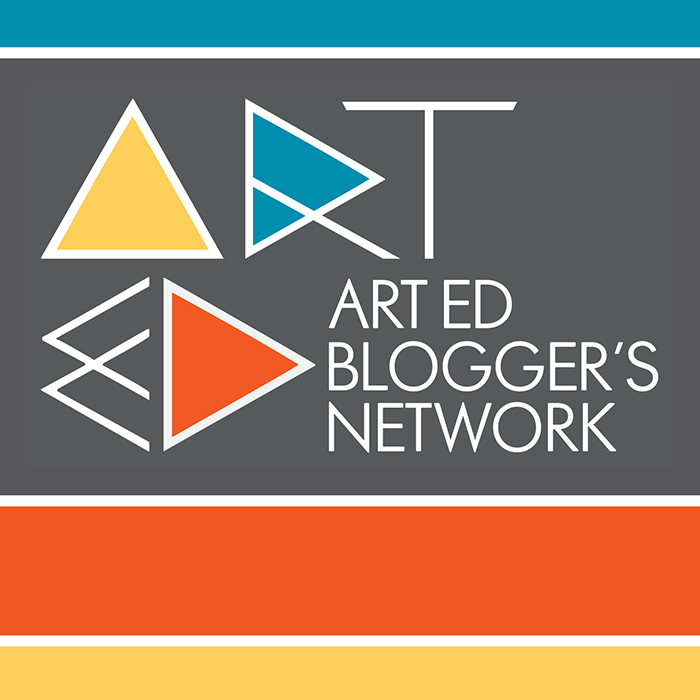
Participating Art Teacher Blogs:
STEAM / Art Integration
I wanna start off by saying that I am in no way an expert in this style of teaching. I believe that teaching art naturally lends itself to a lot of interdisciplinary learning in all sorts of different content. However, I’m gonna discuss a few projects that I do with my students that tie into what they are learning in their classroom. I believe that these are more of an Arts Integration style of teaching than they are STEAM, but my understanding of the differences between these two are a little fuzzy!
Minerals
Our 3rd graders have a unit on minerals where they learn about them, grow them, and even go on a field trip to a cave where they learn about some of the local minerals. In the art room, I tied in learning about Karina Eibatova who is a Russian-born artist who makes beautiful watercolors of minerals. We study the different shapes of raw minerals/gems compared to cut stones. Throughout the project, students draw out a mineral, then they practice mixing tints and shades to fill it in over the next couple classes. Here is a write up of the first time I did the project. The 2nd time I did it, (I forgot to do a write up) I changed it up a bit based on a project I saw on mizzzlee_art on Instagram. You can see our Artsonia gallery of those at: https://www.artsonia.com/teachers/members/projects/artwork.asp?id=1362692
Bugs and Symmetry
I teach this project to 3rd grade, however, it covers some topics that they learn in both 2nd AND 3rd grade. In 2nd grade, they have a big unit on bugs and learn about their different body parts. In 3rd grade, they discuss symmetry in math. I combined these two ideas into a bug symmetry project! For this project, we take a look at a British photographer named Levon Biss. Levon is a commercial photographer who typically takes pictures of athletes for advertisements. He started a side-project and began taking pictures of bugs in his free-time. I love the bugs because of the incredible amounts of detail and his excellent lighting of the subjects. Levon takes around 8,000-10,000 pictures of a single bug, focusing in on tiny sections of the bug while changing the lighting over and over to get rid of shadows. He then takes all these photos of bug parts and jigsaws them together using computer software. Lastly, he prints these out on HUGE posters! 3rd grade loved looking at these itty bitty creatures and their symmetrical bodies! In art, we talk about how the bugs have symmetry. This project usually builds off of previous symmetry projects and puts their skills to the test. Throughout their bug collages, we make sure that whatever we do to one side of the bug, we also do to the other. Here is a write-up to our Levon Biss project from earlier this year.
Damien Hirst Butterflies
This is similar to the Levon Biss project I just discussed. In 2nd grade, students learn all about butterflies and actually raise a butterfly through its stages of metamorphosis. To tie-in what they are learning about in Science, we study Damien Hirst who has a lot of work using butterflies. Damien has a wide variety of art but we focused on his spin paintings. Hirst has a table that spins in a circular motion. He puts paint onto the table and as it spins, it moves the paint around. Sometimes he takes the spin paintings and then cuts them into new shapes like a butterfly. For this project, students make spin paintings using the primary colors. As the primary colors spin and mix, they make the secondaries which is a nice refresher for them. The next class they use black paint and paint half of a butterfly on their spin painting before folding it in half. This prints a symmetrical butterfly onto the other side of the spin paintings. You can read about this awesome project here!
**** BONUS PROJECT!!!
Cai Guo-Qiang and Force So this is a project that I have NOT done yet but I thought I would let you all in on a little project that I’ve been incubating through these cold Wisconsin months! Cai Guo-Qiang is a Chinese artist who uses gunpowder to create drawings that are burnt onto his canvases. Videos of his work are quite the sight to behold! In 3rd grade, students talk about forces and pressures and how things can be pushed and pulled. I thought it would be cool to put small pieces of Alka Seltzer into film canisters with a couple drops of a primary colored liquid watercolor. The water creates a reaction with the Alka Seltzer and begins to build pressure inside the film canister. When the pressure grows to be too much, the cap explodes off with color shooting onto the paper. This would be such a cool and fun way to do some color mixing by exploding the primary colors on top of each other! Here is a youtube video demonstrating the process: https://www.youtube.com/watch?v=4WK8X6KMq6k As I said before, this is a work in progress though. I still need to find out how to go about doing this without exploding paint all over the students! I’ll be sure to let ya’ll know when I find the solution! 
This month, The Art Ed Blogger's Network is writing about STEAM/Art Integration. Join us on the first Tuesday each month for new projects, ideas, and inspiration. Participating Art Teacher Blogs:
Artists That Inspire Us
I’ve been anxiously awaiting this first blog post of Cindy Ingram’s Art Ed Blogger’s Network series! I’m super honored to be apart of such an eclectic group of bloggers. We were tasked with kicking off the series with the question “Artists that Inspire Us.” I went back and forth on whether this should be about artists who inspire my own artistic creations or on artists who I think are just plain rad. I went with the latter. Hope you enjoy three of my personal favorites!
Do-Ho Suh
Do-Ho Suh is a contemporary South Korean artist. I first learned about Do-Ho in college when my professor showed me his Art21 video. Last year, I had the opportunity to see an exhibition of his in Madison, WI! Living in Wisconsin, it’s not often I get to see exhibitions like this due to the lack of art museums and galleries in the state so I was pretty psyched when I heard he was gonna be in the area. Besides having the exhibition, I also listened to him give an artist talk and detail his thought process! Check out some of my pictures below! He has a wide range of works but the ones that I am particularly drawn to are his recreations of the places he has lived. He builds them out of a fine, transparent mesh that has a ghost-like feel when you can see through the walls into several different rooms at once. He leaves no detail overlooked and stitches every little thing that you can imagine in a home; thermostat, outlets, toilet (with the piping inside), radiator, air conditioner, etc. Another work of his that I am particularly fond of is his Rubbing/Loving series. For this artwork, he covered his entire apartment in paper. He then created texture rubbings of everything in the apartment. The repetitive process almost becomes a sort of meditation for him as the space’s details emerge. When finished, he removed the paper and now displays the rubbings so that they are flat on walls. This creates a sort of ‘blueprint’ to his home. Here is a project by my 3rd graders who were inspired by Do-Ho.
Ursula von Rydingsvard
Here’s another artist I learned about in college during an Art21 video! Seriously, if you haven’t checked out that series, you need to. Ursula is another artist I had the opportunity to listen to talk about her process. She was one of the keynote speakers at NAEA17 and one of my personal favorite sessions to attend. She makes colossal-sized sculptures out of pieces of wood. I couldn’t get over how amazed I was that such a small, petite woman was making such large monstrosities! She grinds, marks, and cuts into the wood before piecing all of them together. Lastly, she rubs a graphite into them to give them more of an aged appearance. Her work is inspired and resembles “landscapes, the human body, and utilitarian objects (Art21).” I particularly enjoy how each sculpture seems to take on a life of its own. Many appear as if they are monstrous creatures slumping across the floor.
Julie Mehretu
Julie Mehretu is another artist I learned about in college through an Art21 video. I swear that I didn’t have the intent to feature 3 Art21 artists, it just sorta happened! In college, I actually created an artwork inspired by Julie. Julie is inspired by maps, topography, landscapes, and architecture and uses a little bit of each in her works. I am always drawn to artists that are influenced by maps, I think in part because maps lend themselves to being more geometric which reflects my own work. I particularly like how Julie picks and chooses parts of these things when she paints. She won’t necessarily paint an entire building but may choose to just paint the windows, then she layers other parts of other buildings on top of that. Her plethora of layers makes for a dense, complex looking composition. Here is a project I did with my 3rd graders inspired by Julie. 
Participating Art Teacher Blogs:
|
Devon CalvertHarmony and Consolidated Elementary Art Teacher in Milton, WI. UW-Eau Claire graduate. WAEA President. Apple Teacher. Archives
March 2019
Categories
All
|


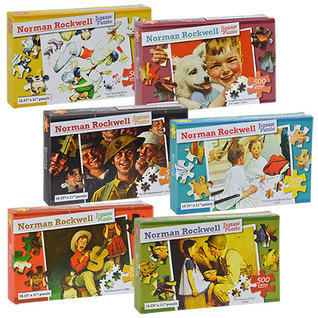
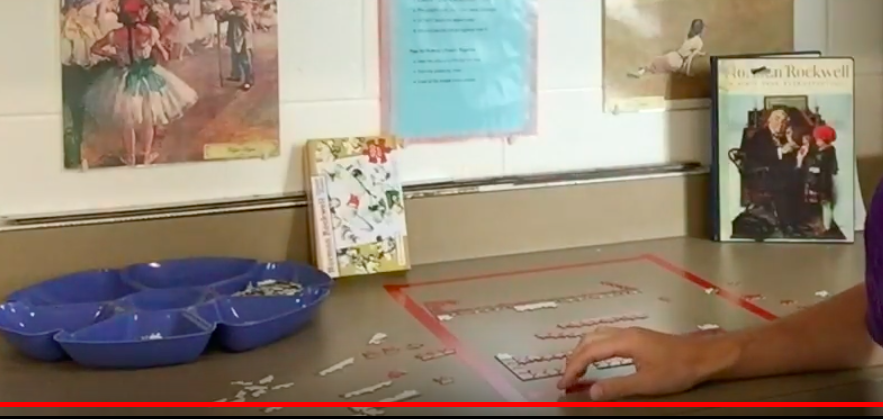


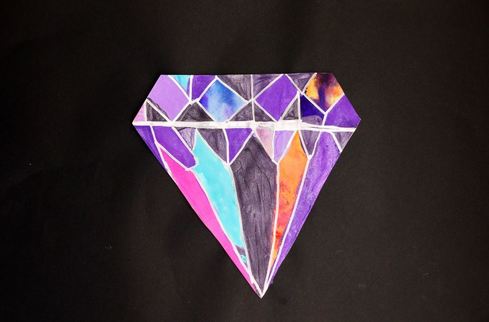











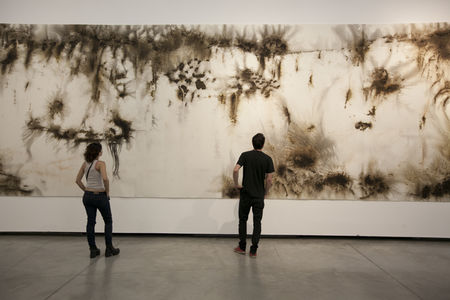
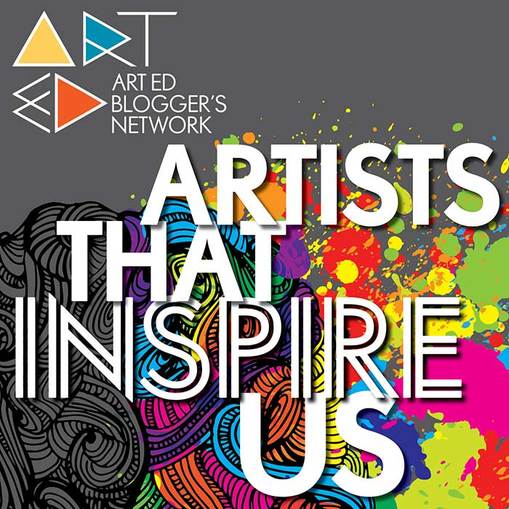








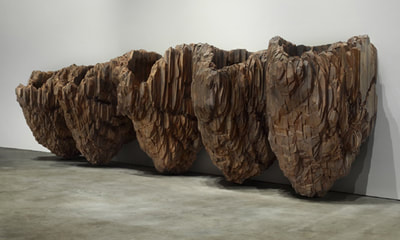





 RSS Feed
RSS Feed
